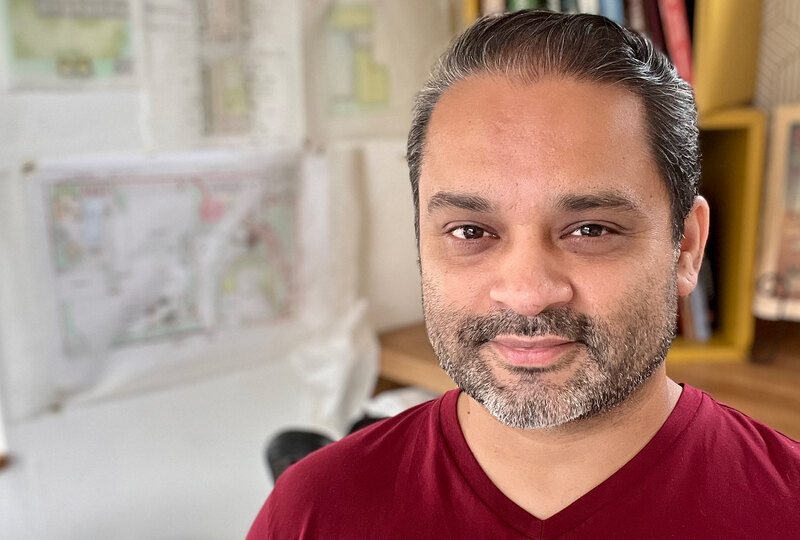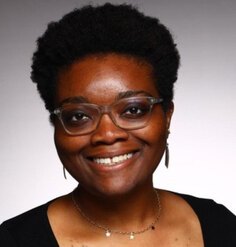Perspectives: Pablo Cortez

October 12, 2021
Pablo Cortez, PLA, is a California-based licensed landscape architect and president of Sitio Landscape Architecture, Inc. He has over 15 years of experience in the profession. He currently serves on the board of directors for the National Association of Minority Landscape Architects and co-hosts the landscape architecture-focused, Drawn to Scale podcast.
What drew you to landscape architecture?
Initially it was "impaction" of the architecture program at Cal Poly Pomona, which means that due to high demand, applicants are held to higher eligibility standards. I missed the minimum GPA requirement and learned about landscape architecture from professor Ken Nakaba while sitting in on a College of Environmental Design program presentation. The hand-drawn sketches and design process drew me in, and the sustainable, environmentally conscious practices I'd learn about during the program helped to keep me motivated.
What is driving you professionally right now?
Growing my firm has been a top priority. I started Sitio Landscape Architecture in 2019 and have been able to maintain a variety of work coming through. I've found myself driven to increase our clientele and project types and be able to eventually hire staff to help with that growth.
On the project side of things, our work on public spaces has allowed me to see the need for equal access to not only green spaces but the public realm at large and has been a continued focus of our work.
What challenges is landscape architecture allowing you to address right now?
The majority of our projects have all had some form of California native plant material to minimize water usage and features that address excess water runoff and rainwater harvesting. These are fairly standard landscape design elements, and it's great to see such widespread implementation.
One of the challenges we've been able to help address is the issue of equal public realm access. Not all communities in California have been designed with pedestrians and public transportation in mind. Given the right thought and design, these communities can start to provide not only much needed access to basic services but also to community-based retail, restaurants, and green spaces. I believe having a landscape architect involved in these projects can only help to increase the awareness and connections within these communities.
What challenge would you give emerging leaders?
Challenge the status quo. As cliché as that answer is, unless emerging leaders act to take on leadership roles within organizations, we can't expect much to change. From my own experience, you can make all the requests, suggestions, and calls for change but unless the owners, management, and people in charge are 100% on board from the very beginning, those changes will be excruciatingly slow if they ever see the light of day. "Emerging leader" is a temporary title.
Where do you think the profession needs to go from here?
Not sure I have an answer for this, but from what I've observed over the past 15 years, there is a general sense of an increasingly diverse profession. With that diversity come different points of view and perspectives on the issues and problems landscape architects work to solve. I believe that can help to develop not only creative solutions but the right solutions.
LAF's Perspectives interview series showcases landscape architects from diverse backgrounds discussing how they came to the profession and where they see it heading. Any opinions expressed belong solely to the interviewee. Their inclusion in this article does not reflect endorsement by LAF.











